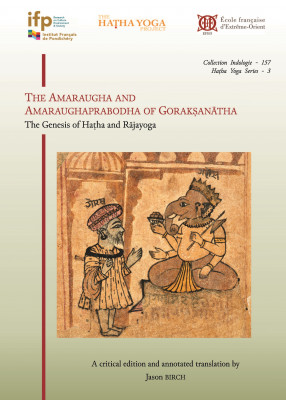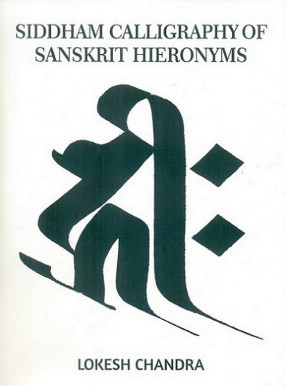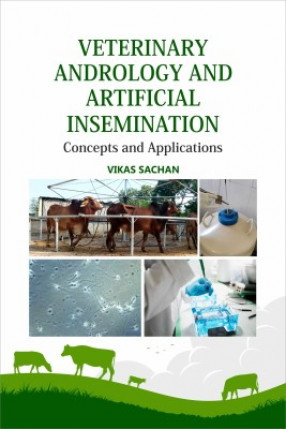FREE & QUICK WORLDWIDE SHIPPING ON $60+
TAKE 10% OFF YOUR ORDER | USE CODE: TAKE10

Book details
-
 294p., Figures; Col. plates; Maps; Bibliography.
294p., Figures; Col. plates; Maps; Bibliography.
-
 Hardcover
Hardcover
-
 English language
English language
-
 International Book Distributors
International Book Distributors
-
 01.01.1995
01.01.1995
Related categories
Western Ghats Ecosystem
Synopsis
The Western Ghats hill ranges stretch to about 1600 km, starting from the mouth of river Tapti in Dhule district of Maharashtra and ending at Kanyakumari, the southernmost tip of India in Tamil Nadu. The region covers an area of 1,60,000 sq km, supporting a population of more than 50 million people. Western Ghats are an important source of water, energy and biological diversity. The region is also rich in iron, manganese, and bauxite ores. About 30 per cent area is covered with forest and maintenance of ecological balance of these hill ranges is essential for maintaining the life-support systems of the peninsular India. The Western Ghats are among the ecologically richest regions of India, next only to the Himalaya in the diversity of its biological species. Its climate and rainfall patterns have produced a variety of ecological niches with unique plant and animal species. Of the 15000 plant species recorded so far, 4000 are endemic to the region. 'Red data' plants of the region have 586 species. Seventy five per cent of animal species found are reptiles and amphibians. The number of animals in the endangered list are 10 mammals.
-5%
Item available. Ships in 2-4 days.














